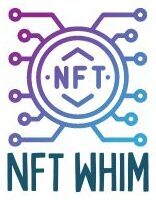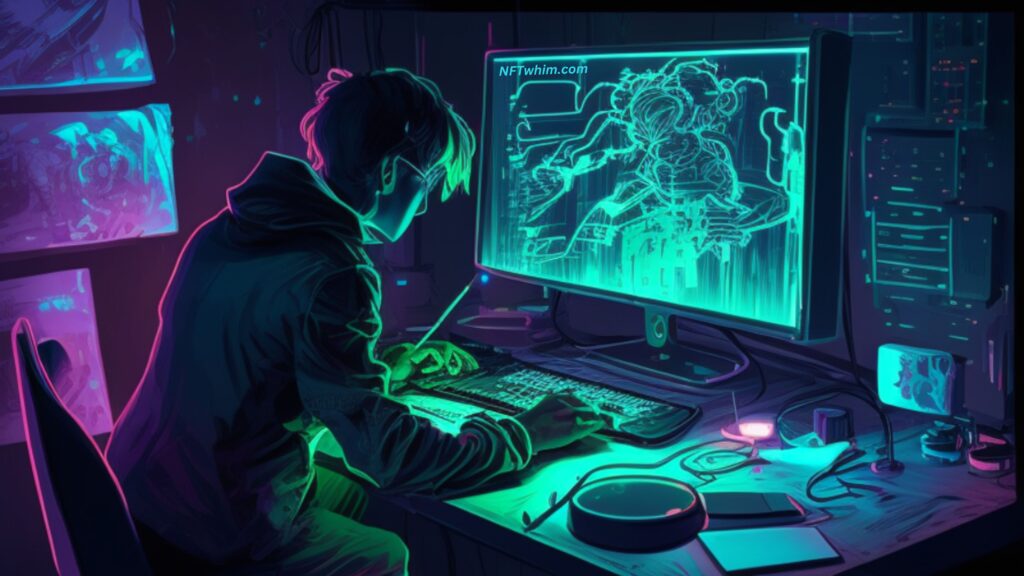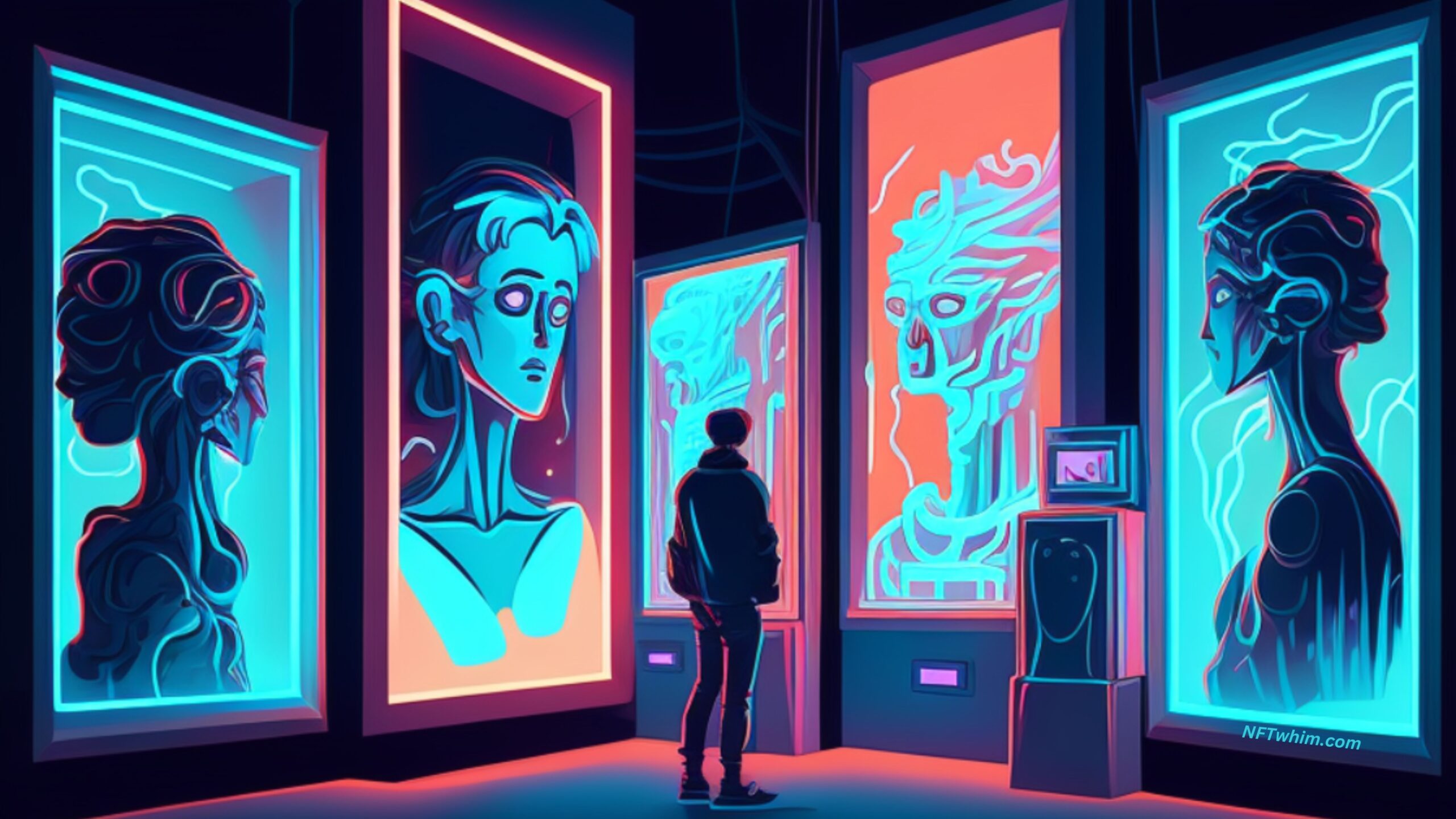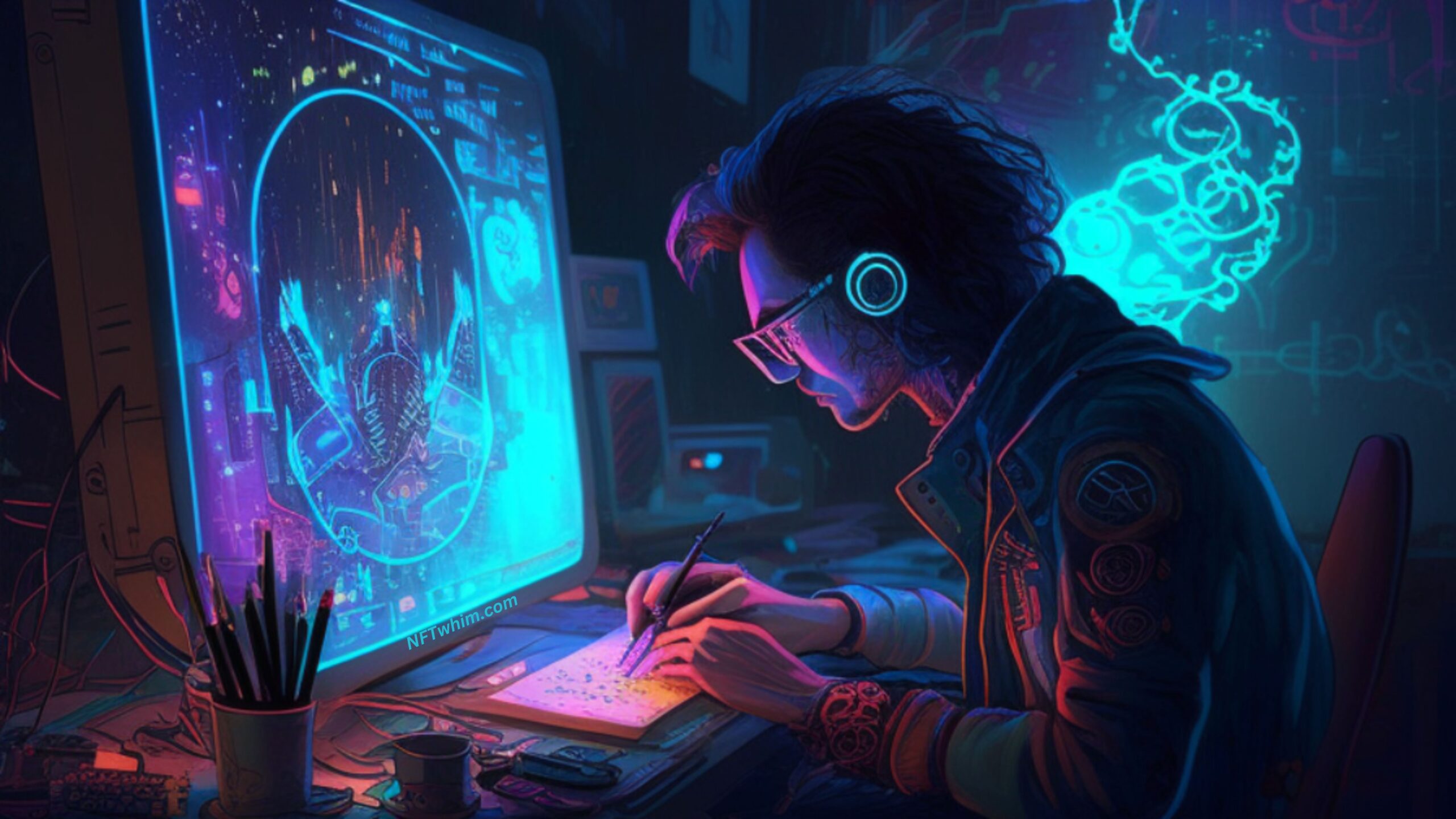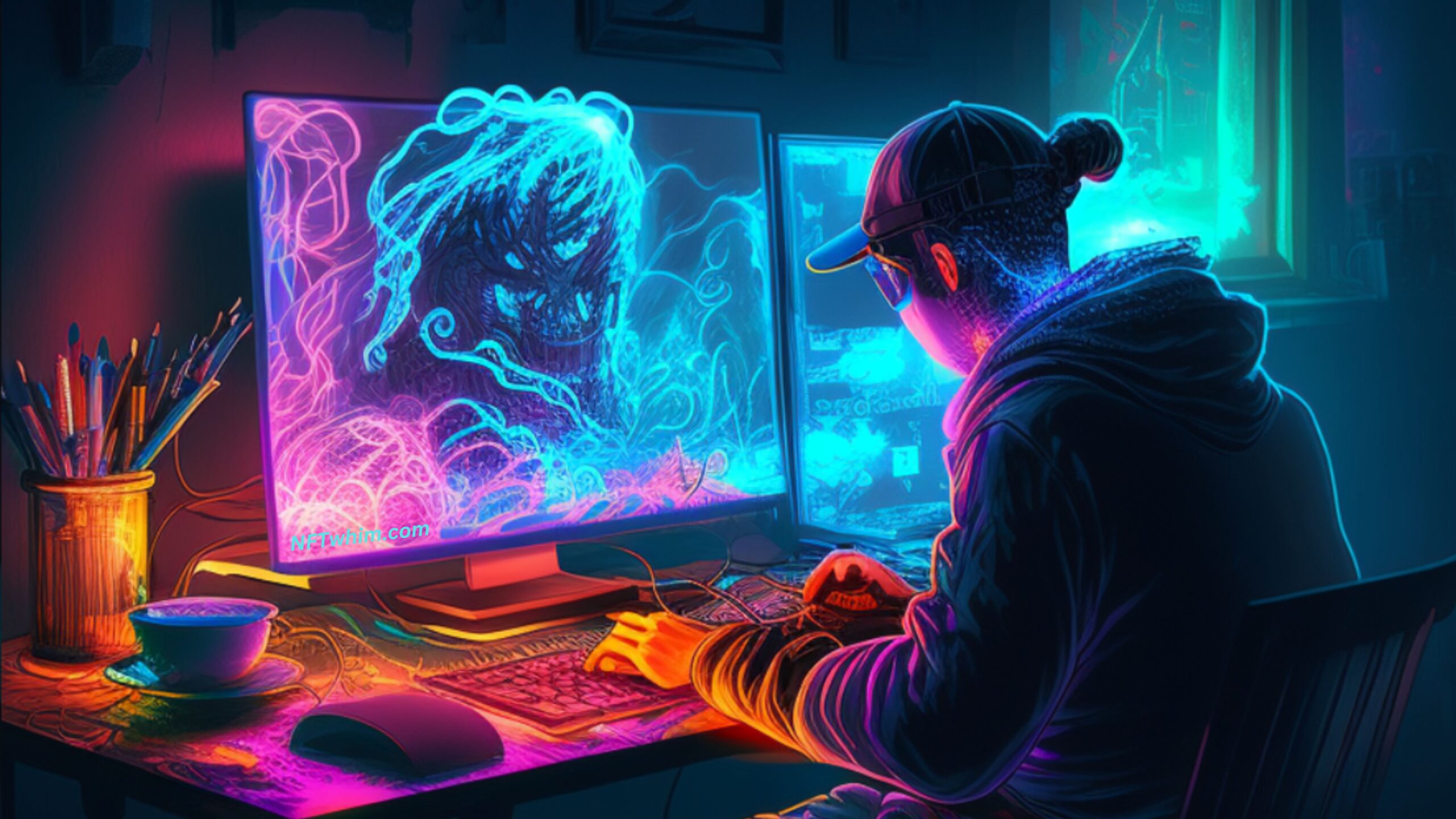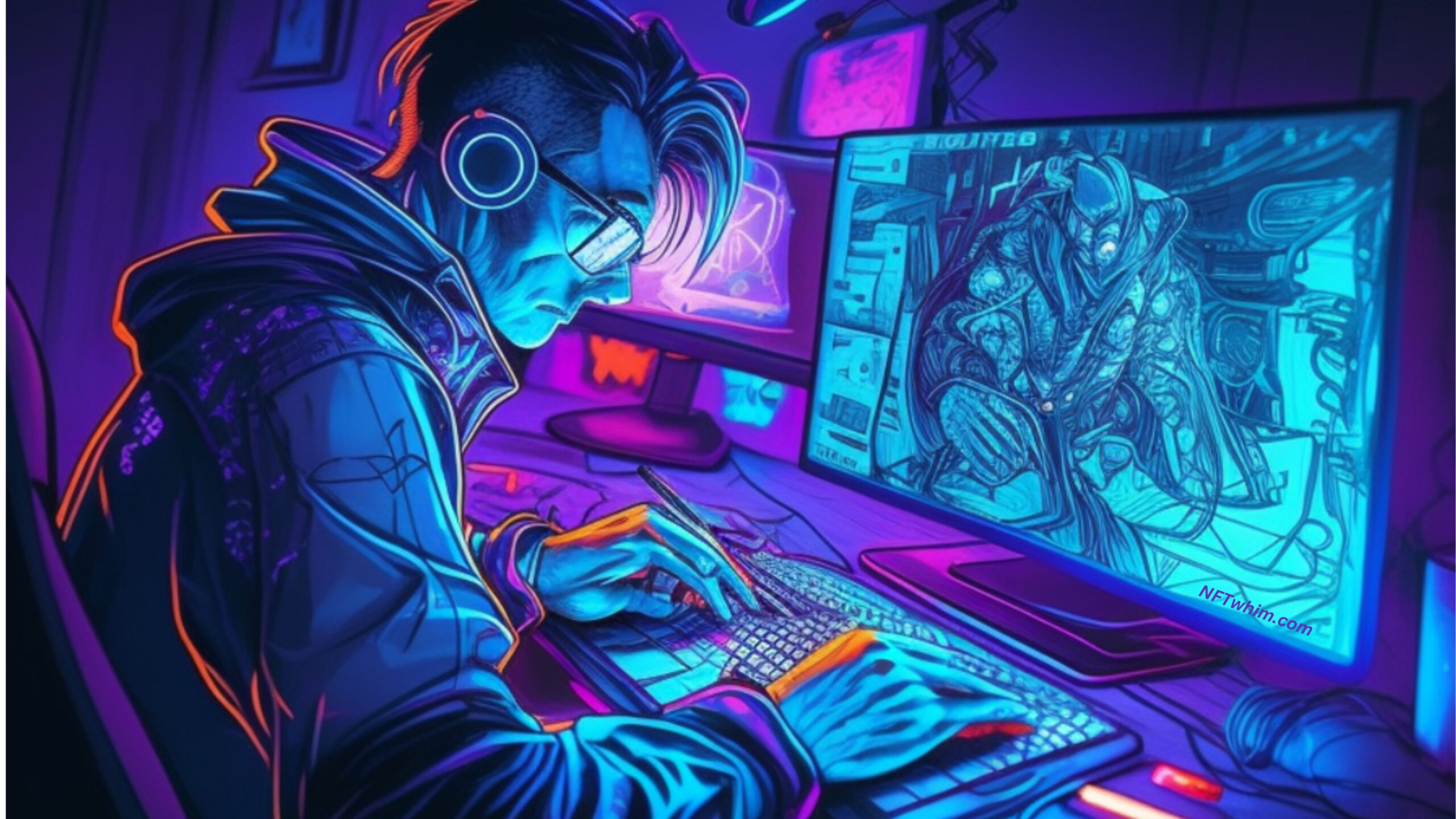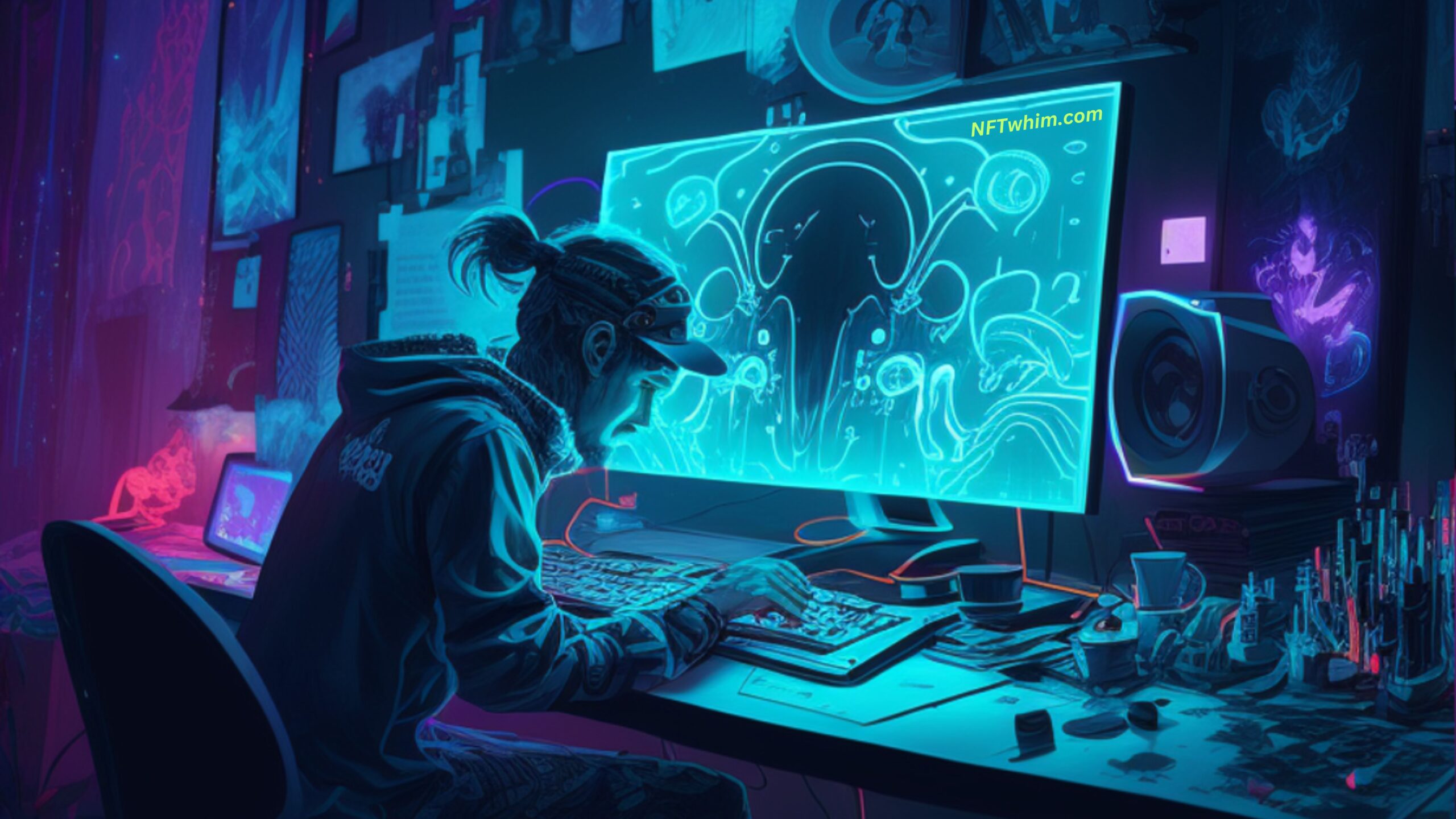If you’re interested in the world of non-fungible tokens (NFTs), you might be wondering what file formats are used to create them. While there are a variety of file types that can be used to create NFTs, each one has its own advantages and disadvantages. In this post, we’ll explore the most commonly used file formats for NFTs, as well as some of the less common formats, to help you decide which one is right for your project.
The most commonly used file formats for NFTs are PNG, which is uncompressed and suitable for high-detail artwork. Other popular formats are GIF, which is useful for short NFT animations and video clips, and JPEG, which is compressed and ideal for smaller file sizes and simplified designs. There are however several other file formats that can be used for different purposes, such as MP4 for longer animations, and SVG for high resolution and scalability. The choice of file format often depends on the type of data being stored, the intended use of the file, and compatibility with software and devices.
We’ll go through the following points in this post:
Table of Contents
Before we start, you may also be interested in this linked article that answers the question of whether any file can be NFT, at least in theory. Also, here is a post about the ideal size of an NFT file that you should know about. Moreover, this post describes the standard pixel dimensions for NFTs, and how to adhere to them.
Why Are NFT File Formats Important?
Before we dive into the specifics of each file format, let’s talk about why file formats, or file types, are important for NFTs. In order to create an NFT, you need to create a digital asset, such as an image, video, or audio file, and attach it to a blockchain. The file format of your digital asset will determine how it can be displayed and stored on the blockchain. Different file formats have different advantages and disadvantages, depending on factors such as file size, resolution, and compatibility with different devices and platforms.

Most Commonly Used NFT File Formats
Now, let’s explore some of the most commonly used file formats, or file types, for NFTs.
PNG: The Standard NFT File Format
PNG (Portable Network Graphics) is the most commonly used image format for NFTs. PNGs works so well for NFTs because they are uncompressed, which means that they preserve all of the data in an image. This makes them a good choice for NFTs that require high detail and clarity.
The format was created to improve upon the limitations of GIF, which only supports 256 colors and has limited transparency options.
One of the biggest advantages of PNGs for NFTs is that they are uncompressed, meaning that they preserve all the data in an image. This results in high-quality images with vivid colors, fine details, and sharp edges. PNGs also support transparency, allowing artists to create images with transparent backgrounds or with partially transparent areas. This can be useful for creating layered compositions or for integrating the artwork with other media.
However, one of the drawbacks of PNGs is that they tend to have larger file sizes compared to other formats like JPEG. This can make them more difficult to upload to the blockchain, especially for artists who may not have access to high-speed internet or powerful computers. But as technology continues to advance and internet speeds increase, this is becoming less of a concern.
Another consideration when using PNGs for NFTs is that they may not be suitable for all types of artwork. For example, PNGs may not be the best choice for abstract or minimalist art that relies on simple shapes and colors. In these cases, a smaller file format like JPEG or even a vector format like SVG may be more appropriate.
In a nutshell, PNGs are a popular choice for creating NFTs due to their uncompressed nature, which allows for high-quality images with fine details and sharp edges. However, the larger file size can be a challenge for some artists, and it’s important to consider the specific needs of the artwork when choosing a file format.
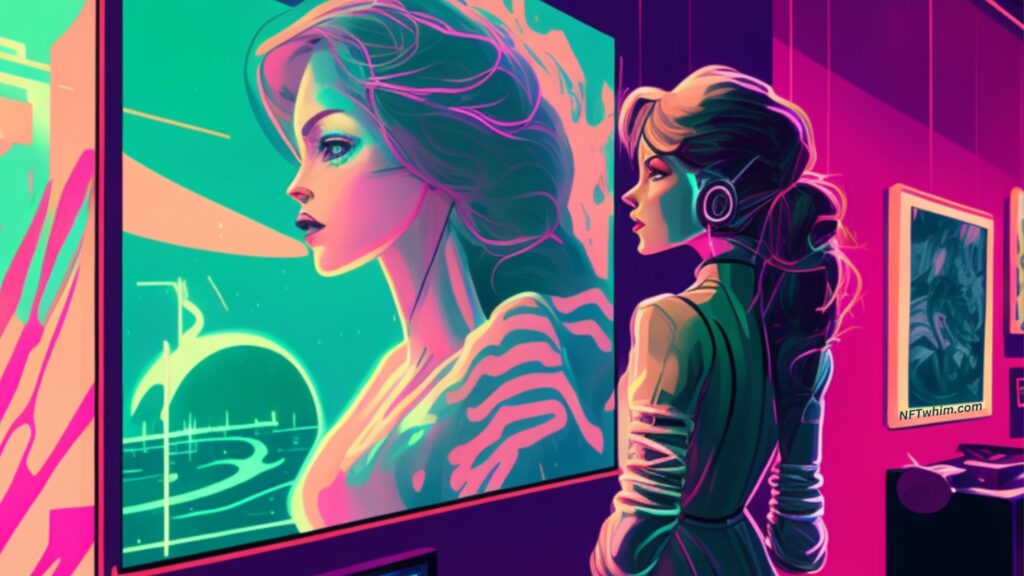
JPEG: A Simple, Low-Size NFT File Type
JPEG (Joint Photographic Experts Group) is a popular image format that has been around since the 1990s. It is a compressed file format that is widely used for digital photography, and it is also a common choice for creating NFTs. JPEG images are compressed by removing some of the data from the image file, resulting in a smaller file size compared to uncompressed formats like PNG.
One of the biggest advantages of JPEGs for NFTs is that they have smaller file sizes, making them easier to upload to the blockchain. This is particularly useful for artists who may have limited storage space or who need to create multiple NFTs.
However, one of the main drawbacks of JPEGs is that they can lose quality when they are compressed. This is because the compression process removes some of the data from the image file, which can result in loss of detail and color accuracy. This makes JPEGs less suitable for NFTs that require high detail and clarity, such as fine art or detailed illustrations.
Despite this limitation, JPEGs are still a popular choice for NFTs that feature more abstract or simplified images, or that prioritize small file sizes over high detail. For example, JPEGs may be a good choice for NFTs that showcase geometric shapes, bold colors, or minimalist designs.
It’s important to note that there are different levels of compression that can be applied to JPEGs, and this can impact the quality of the resulting image. Higher compression levels result in smaller file sizes, but also greater loss of quality. Lower compression levels result in larger file sizes, but also higher quality images. Therefore, it’s important to experiment with different compression levels to find the right balance between file size and image quality for a given NFT.
To conclude, JPEGs are a widely used image format for creating NFTs due to their small file size and widespread compatibility. However, the compression process can result in loss of quality, which can make them less suitable for NFTs that require high detail and clarity. Nonetheless, JPEGs are still a great choice for NFTs that feature more abstract or simplified designs, or that prioritize small file sizes over high detail.
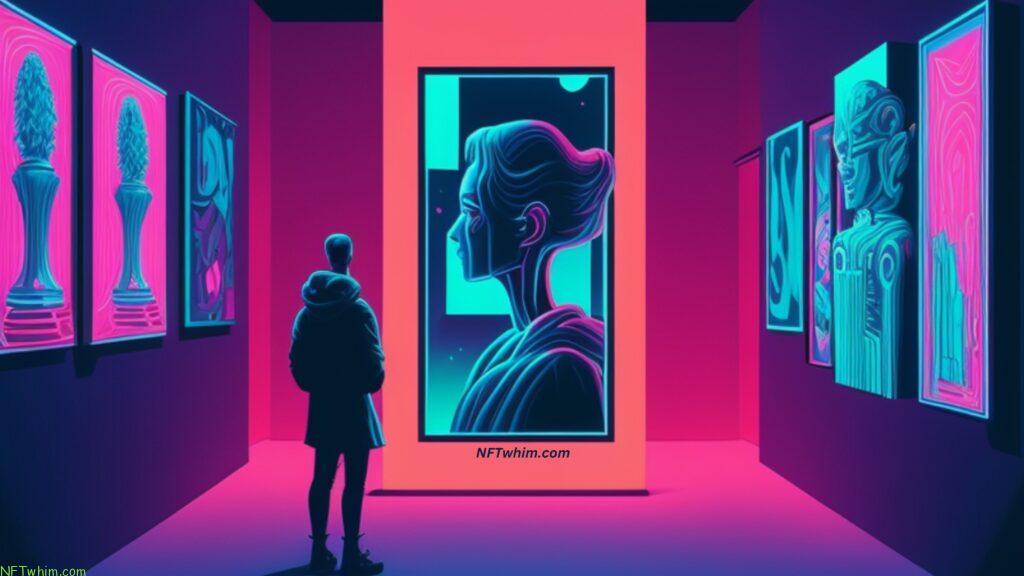
GIF: Perfect Format for Short NFT Animations and Video Clips
GIF (Graphics Interchange Format) is a file format that is well known for allowing for animations and short video clips. They have been around since the 1980s and continue to be popular today, especially for memes and other internet content.
One of the advantages of using GIFs for NFTs is that they are relatively small in file size, making them easy to upload to the blockchain. This can be particularly useful for artists who want to create NFTs that showcase animations or moving images. Additionally, GIFs are widely compatible with different devices and platforms, making them accessible to a wide audience.
However, one of the main drawbacks of using GIFs for NFTs is that they have limited color depth, which can affect the quality of the animation. This can result in a loss of detail and color accuracy, which can make the animation less appealing to viewers. Additionally, GIFs can be limited in terms of length and size, which can make them unsuitable for NFTs that require longer or larger animations.
Despite these limitations, GIFs are still a popular choice for NFTs that feature short animations or loops. For example, GIFs may be a good choice for NFTs that showcase short clips of moving art, or that feature looping animations of simple designs or characters.
It’s also worth noting that there are different types of GIFs, including animated GIFs and static GIFs. Animated GIFs are designed to showcase moving images, while static GIFs are designed to showcase still images. Depending on the nature of the NFT, artists may choose to use either type of GIF or a combination of both.
In sum, GIFs can be a great choice for artists looking to create NFTs that feature animations or moving images. Their small file size and wide compatibility make them easy to upload to the blockchain and accessible to a wide audience. However, their limited color depth and size restrictions may make them less suitable for NFTs that require higher quality or longer animations. As with any file format, it’s important to consider the specific needs of the NFT and experiment with different options to find the right fit.
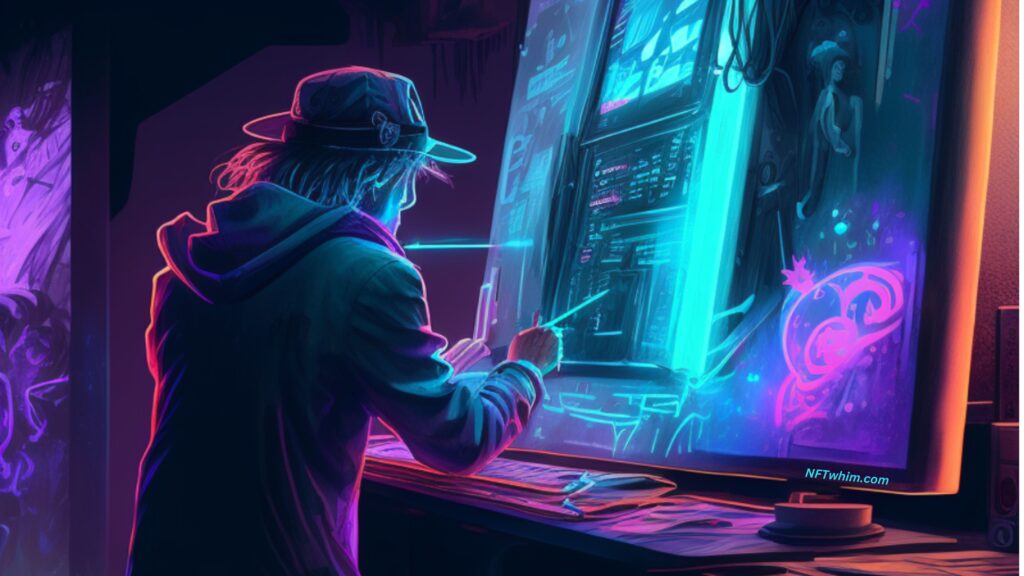
MP4: For Longer and Complex NFT Animations
MP4 is a video format that is popular for NFTs that require longer or more complex animations. MP4s are compressed, which means that they have smaller file sizes than uncompressed video formats, such as AVI or MOV.
One of the main advantages of using MP4s for NFTs is that they can support high resolutions and frame rates, which makes them ideal for showcasing high-quality animations. This means that artists can create NFTs that feature more detailed and intricate animations without sacrificing quality. Additionally, MP4s are widely compatible with different devices and platforms, making them accessible to a wide audience.
However, one of the main disadvantages of using MP4s for NFTs is that they can have larger file sizes than other file formats, which can make them more difficult to upload to the blockchain. This can be particularly challenging for artists who are working with limited storage or bandwidth. Additionally, because MP4s are compressed, they can lose some quality during the compression process. This can result in a loss of detail, color accuracy, or smoothness, which can be noticeable in some animations.
Despite these limitations, MP4s are still a popular choice for NFTs that feature longer or more complex animations. For example, MP4s may be a good choice for NFTs that showcase short films, music videos, or other longer animations that require a high level of detail and clarity.
It’s also worth noting that there are different types of MP4s, including H.264 and H.265. H.264 is an older format that is widely supported by different devices and platforms, while H.265 is a newer format that offers improved compression and higher quality at lower file sizes. Depending on the specific needs of the NFT, artists may choose to use either format or a combination of both.
In conclusion, MP4s can be an excellent option for artists looking to create NFTs that feature longer or more complex animations. Their ability to support high resolutions and frame rates make them ideal for showcasing high-quality animations, while their wide compatibility makes them accessible to a wide audience. However, their larger file sizes and potential for quality loss during compression may make them less suitable for some NFTs. As with any file format, it’s important to consider the specific needs of the NFT and experiment with different options to find the right fit.
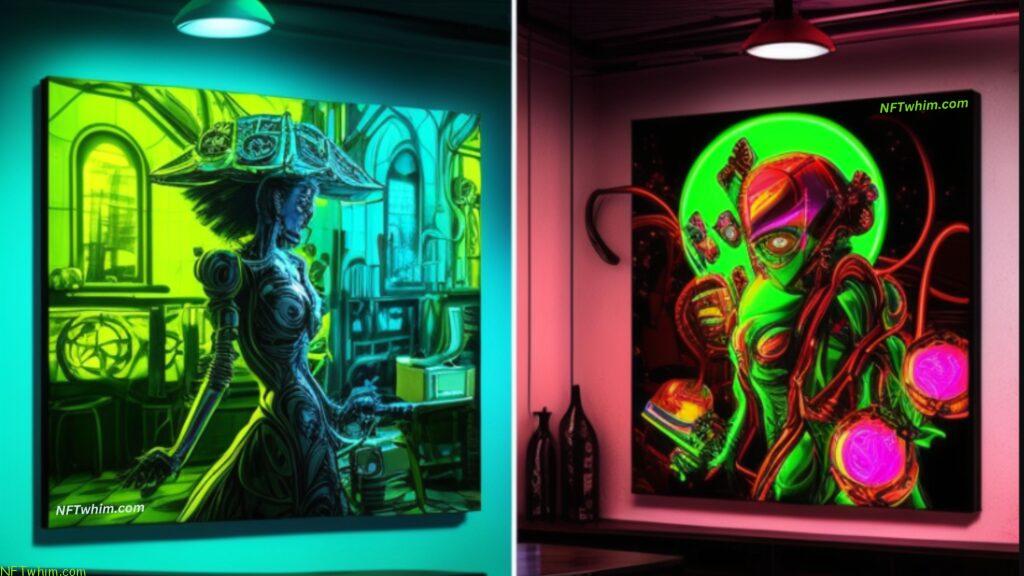
SVG: For NFTs that Require High Resolution and Scalability
SVGs are a great option for NFTs that require high resolution and scalability, as they can be scaled up or down without losing quality. This is because SVGs are based on mathematical equations, rather than pixels like raster image formats. As a result, SVGs are becoming increasingly popular for NFTs, especially for those that feature complex designs or require high detail.
One advantage of using SVGs for NFTs is that they have small file sizes compared to other image formats. This is because they don’t store the actual pixels of the image, but rather the mathematical equations that describe the image. This makes them easy to upload to the blockchain and share with others.
Another advantage of SVGs is that they are easily editable, even after they have been minted. Because SVGs are based on mathematical equations, you can make changes to your NFT without having to recreate the entire image. This makes it easier to update or customize your NFT as needed.
However, one disadvantage of SVGs is that they don’t support certain types of effects and filters that raster image formats like PNG and JPEG do. For example, SVGs don’t support drop shadows, bevels, or blurs. This can limit their use for certain types of NFTs that require these effects.
Another potential disadvantage of SVGs is that not all platforms and devices support them. While many modern browsers and design software support SVGs, there are still some platforms that don’t. This means that you may need to convert your SVG file to a more widely supported format, such as PNG or JPEG, in order to reach certain audiences.
To recap, SVGs are an excellent file format for NFTs that require high resolution and scalability, but they may not be the best choice for NFTs that require certain effects or filters. It’s important to consider the specific needs of your NFT when choosing a file format, and to keep in mind that different file formats have different strengths and weaknesses.

Other File Types
While the file formats listed above are the most commonly used for NFTs, there are a variety of other file formats that can be used as well. Some examples include WAV for audio files, OBJ for 3D models, and PDF for documents.
Each of these file types has its own advantages and disadvantages, depending on the specific needs of your NFT project. For example, WAV files can support high-quality audio, but they can have large file sizes. OBJ files can create intricate 3D models, but they can be difficult to work with and edit.
Opensea, the biggest NFT marketplace of today, supports all of the following file formats: JPG, PNG, GIF, SVG, GLTF, GLB, WEBM, MP4, M4V, OGV, OGG, MP3, WAV, and OGA (with a maximum file size of 100 MB).
It’s important to carefully consider your file format choice based on your specific needs and goals for your NFT project.
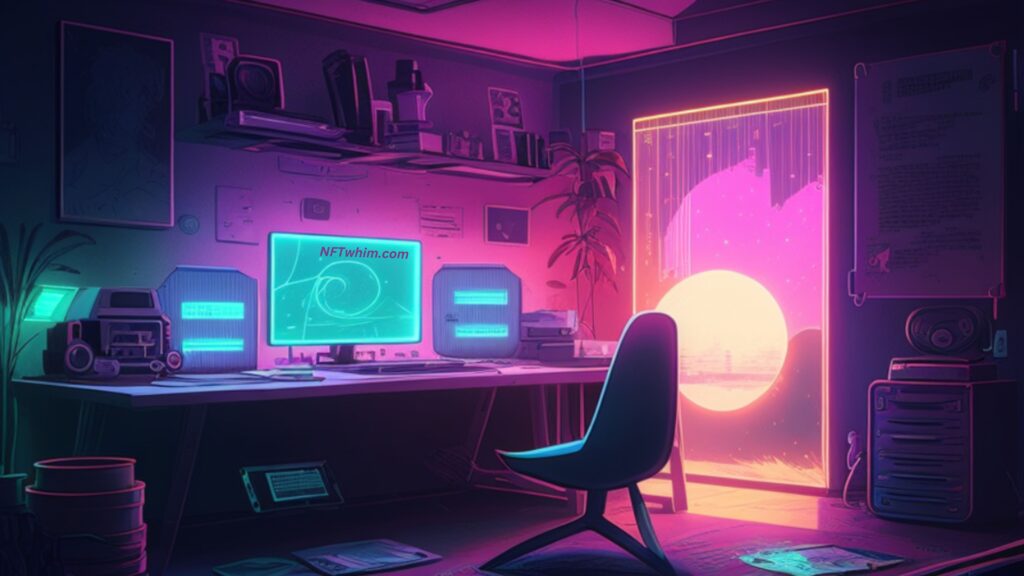
Summing It Up
In conclusion, there are a variety of file formats that can be used to create NFTs, each with its own advantages and disadvantages. Whether you’re creating an image, video, audio file, or 3D model, choosing the right file format can make a big difference in the quality and accessibility of your NFT.
Consider factors such as file size, resolution, compatibility, and the specific needs of your NFT project when choosing a file format. And don’t be afraid to experiment with different formats to find what works best for you.
With the growing popularity of NFTs, there are sure to be new file formats and technologies emerging in the future. Stay tuned and keep exploring to find new and innovative ways to create and share your digital assets through NFTs!
Robin
Author: Robin Olsson
Author Bio: I’m Robin and on this website, I share everything I’ve learned since getting into NFTs in 2021. I have a background in research and I’ve been in crypto for several years. You can read more about me here.
